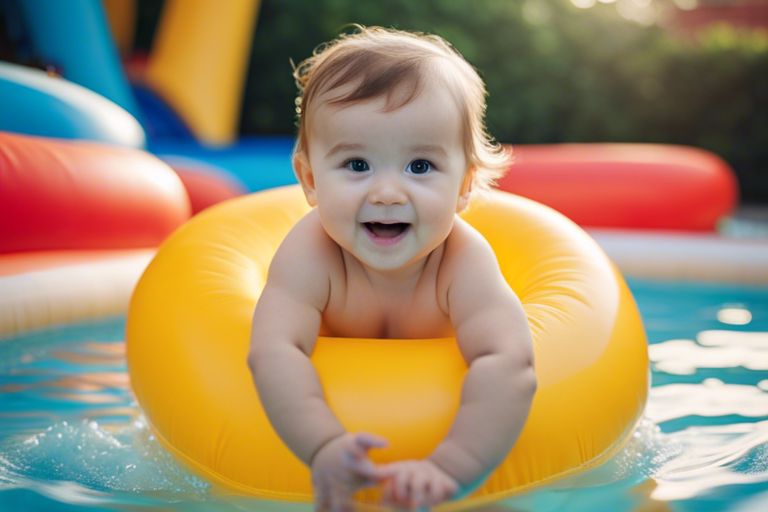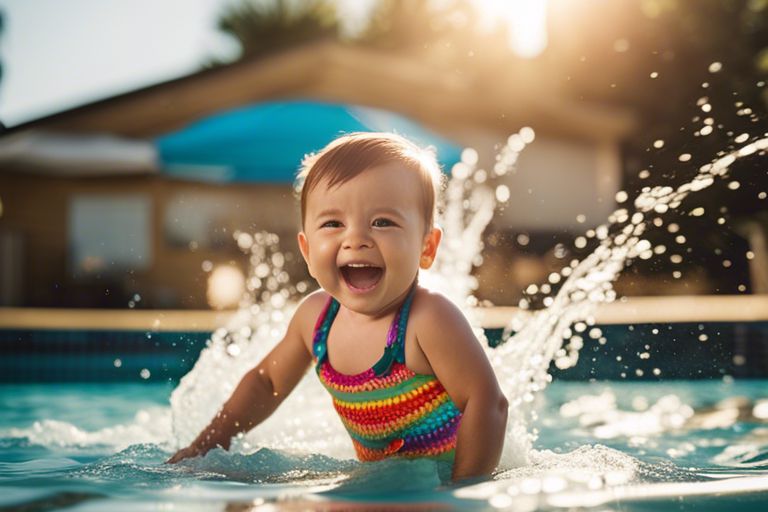Many sunscreens claim to be waterproof, but what exactly makes them resistant to water? Understanding the science behind waterproof sunscreen is crucial to ensure proper protection against the sun’s harmful UV rays, especially during activities like swimming or sweating. The key lies in the formulation of the sunscreen, which includes ingredients specifically designed to adhere to the skin and withstand exposure to water. Let’s explore the fascinating world of waterproof sunscreen and how it keeps your skin safe and protected.
Key Takeaways:
- Waterproof Ingredients: Sunscreens use ingredients like zinc oxide or titanium dioxide to create a physical barrier on the skin that is more resistant to water.
- Water-resistant Formulations: Some sunscreens are designed to be more water-resistant by using special formulations or adding ingredients like dimethicone to improve adhesion to the skin.
- Proper Application and Reapplication: Even with waterproof sunscreen, it’s important to apply it generously and reapply regularly, especially after swimming or sweating, to ensure continued protection.

Understanding Sunscreen Formulation
Basic Ingredients of Sunscreen
On a basic level, sunscreen contains active ingredients that protect the skin from harmful UV rays, such as zinc oxide or titanium dioxide. These are often combined with inactive ingredients like oils, preservatives, and fragrances to create a smooth and easy-to-apply formula.
Waterproof vs. Water-Resistant Sunscreen
Sunscreen labeled as waterproof means it maintains its SPF protection for up to 80 minutes in water, while water-resistant sunscreen lasts for up to 40 minutes. However, both types need to be reapplied regularly, especially after swimming or sweating, to ensure continued protection against the sun’s rays.
Waterproof: Waterproof sunscreen typically contains ingredients that are more resistant to being washed off by water. These formulations are designed to adhere to the skin better, providing longer-lasting protection even in wet conditions. It is imperative to follow the product instructions for reapplication to maintain effectiveness.
The Science Behind Waterproof Sunscreen
Role of Silicones and Other Water-Repellent Components
Even though sunscreen is primarily made to protect the skin from harmful UV rays, the addition of silicones and other water-repellent components plays a crucial role in making the sunscreen waterproof. These ingredients create a barrier on the skin that repels water and helps the sunscreen adhere better even when exposed to water through activities like swimming or sweating.
The Importance of Film Formers in Waterproofing
Even though sunscreen is primarily made to protect the skin from harmful UV rays, the addition of film formers is necessary in ensuring the sunscreen remains waterproof. Film formers create a thin film on the skin’s surface that helps the sunscreen stick better and withstand exposure to water. These ingredients enhance the sunscreen’s longevity and effectiveness even in water-intensive activities.
It is important to note that while these components make sunscreen more water-resistant, frequent reapplication after swimming or sweating is still necessary to maintain optimal protection against UV rays.

Testing and Standards for Waterproof Sunscreen
FDA Regulations and Guidelines
Not all sunscreens labeled as “waterproof” or “water-resistant” provide the same level of protection. To address this, the FDA has regulations and guidelines in place to ensure that sunscreen manufacturers meet specific criteria for effectiveness when exposed to water. These guidelines help consumers make informed decisions when selecting a waterproof sunscreen.
Common Testing Methods for Waterproof Efficacy
Guidelines dictate that sunscreen manufacturers conduct specific tests to determine the product’s waterproof efficacy. These tests assess the sunscreen’s ability to maintain its sun protection factor (SPF) after exposure to water. Common methods include the FDA’s water resistance test, which measures how well the sunscreen retains its SPF after 40 minutes in water.
To ensure that the sunscreen is truly effective in water, manufacturers may also opt for additional tests, such as the ISO 24444 standard, which evaluates the product’s resistance to water immersion under controlled conditions. By adhering to these testing methods, sunscreen manufacturers can provide consumers with reliable waterproof products that offer the necessary protection during water activities.

Best Practices for Using Waterproof Sunscreen
Application Tips for Optimal Protection
Many people underestimate the amount of sunscreen needed for adequate protection. When applying waterproof sunscreen, make sure to use a generous amount and reapply every two hours or after swimming or sweating. Be thorough in covering all exposed skin, including frequently forgotten areas like ears, feet, and backs of hands.
- Apply sunscreen generously
- Reapply every two hours or after swimming
- Cover all exposed skin
Knowing how to properly apply waterproof sunscreen ensures it effectively shields the skin from harmful UV rays.
Reapplication and Safety Considerations
An important aspect of using waterproof sunscreen is understanding the importance of reapplication and safety considerations. It is crucial to reapply sunscreen regularly, especially after swimming, sweating, or towel-drying. Additionally, always follow the product’s expiration date to ensure maximum effectiveness.
It is also imperative to remember that no sunscreen is truly waterproof, so always exercise caution when spending extended periods in the water or intense physical activity.
To wrap up
Taking this into account, understanding the science behind waterproof sunscreen can help us make informed choices to protect our skin effectively. The combination of active ingredients like zinc oxide or titanium dioxide and water-resistant additives enables sunscreen to adhere to the skin’s surface, providing prolonged protection against harmful UV rays even in water or when sweating. Remember to reapply sunscreen regularly for best results and overall skin health.
FAQ
Q: What makes sunscreen waterproof?
A: Sunscreen can be made waterproof by incorporating water-resistant ingredients such as silicones or polymers. These ingredients form a protective barrier on the skin that helps the sunscreen adhere even when exposed to water.
Q: How do I know if a sunscreen is truly waterproof?
A: Look for sunscreens labeled as “water-resistant” or “very water-resistant.” These products have been tested to retain their SPF protection after a certain amount of time in water, usually 40 or 80 minutes. Be sure to reapply after swimming or sweating to maintain protection.
Q: How often should I reapply waterproof sunscreen?
A: It is recommended to reapply waterproof sunscreen every 2 hours, or immediately after swimming, sweating, or towel-drying. Even though the sunscreen is water-resistant, its effectiveness diminishes over time and with exposure to water, so regular reapplication is crucial for adequate protection.



